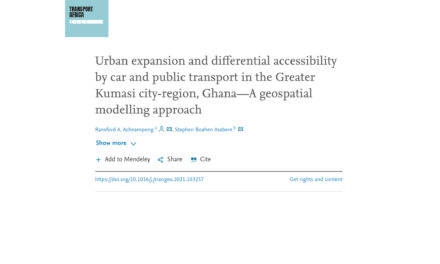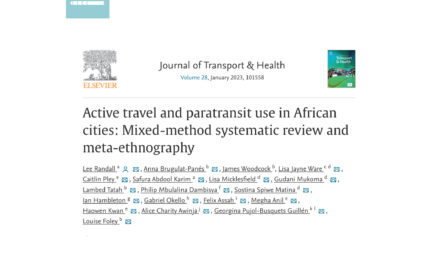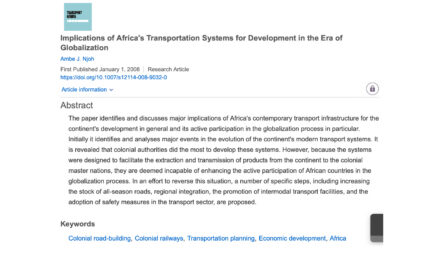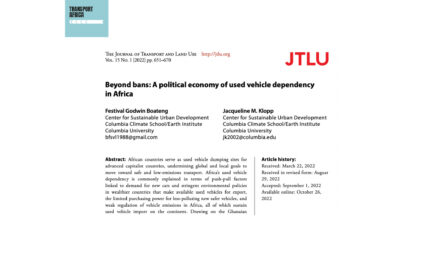What this paper is about
- Many African countries will be making huge investments in the power sector in the coming years to expand energy access while promoting environmental sustainability.
- Deploying EVs in Nigeria could support decarbonization
-
V2G charging of EVs lessens pressure on Nigeria’s energy sector investments
-
High EVs penetration is cost-effective with variable renewable electricity
-
Benefit from V2G is achieved at relatively modest deployment levels of EVs
-
Results are assessed in terms of critical excess electricity generation from VRES, CO 2 emission, and energy system cost for different charging strategies.
-
EVs or the evolution of Nigeria’s energy system; a corollary and more important objective is to provide a high-level analysis that can inform discussions on EVs deployment in Nigeria.
What you can learn
-
As EVs penetration increases from 0% to 100% at the maximum VRES capacity considered in this study, excess electricity production falls by 67% and 76% under flexible and V2G charging strategy, respectively. This implies that the flexible and V2G charging strategy improves the value of EVs in mitigating critical excess electricity production by 21% and 30% points, respectively, compared with the normal charging strategy.
-
Therefore, most of the benefit from bidirectional V2G charging of EVs is achieved at relatively modest deployment levels. This result indicates that not all vehicles will be needed to participate in V2G charging to derive its substantial benefit.
-
Renewable energy-based off-grid systems are usually equipped with battery storage to provide reliable power and, thus may not require V2G services. This scenario also shows the importance of contextually treating EVs’ value in energy systems. This result is pertinent for Nigerian decision-makers and energy planners as it gives a sense of the level of V2G EVs needed in the power system to mitigate potential excess electricity production from different centralized VRES capacities that may be installed in the future.
-
However, it is worth mentioning that a recent study on EVs potential in South Africa suggested that EVs could reduce CO 2 emission in the future if the country taps into its abundant renewable energy resources for EV charging.
-
Our results further indicate that, if Nigeria expands its centralized VRES capacity to 24 GW and employs a bidirectional charging strategy, this value could increase to 72. Financing Nigeria’s climate targets remains a major hurdle the government needs to cross.
-
The results have been analyzed in the context of critical excess electricity production, CO 2 emission, and energy system cost.
-
As VRES capacity is expanded from 6 GW to 24 GW in the electricity generation system, the amount of critical excess electricity production increases, but shows a declining trend as EV deployment progresses.
-
However, our analysis shows that the marginal benefits of the V2G charging strategy is at a maximum at the initial introduction of V2G EVs and most of the benefits from V2G EVs is achieved by the time a 10% V2G EV penetration level is reached.
Read more about other PUBLIC TRANSPORT ARTICLEs






Thanks for another fantastic article. Where else may anyone get that type of information in such a perfect manner of…